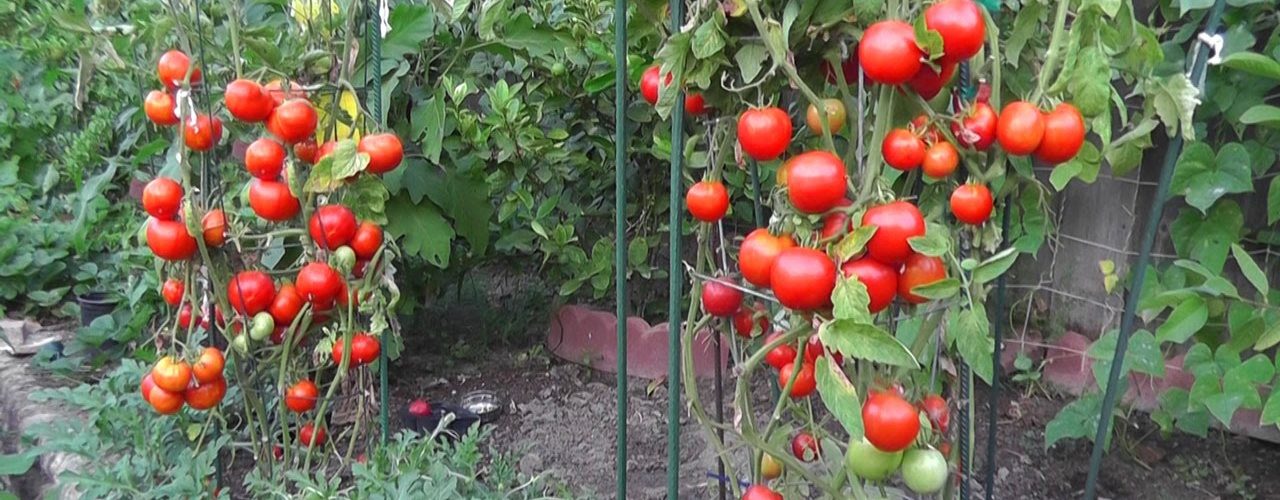With the prices of groceries today, many of us are trying to cut back on where we spend our money. A very common problem has always been the purchase of produce. It is difficult enough to try to determine whether or not something is fresh. Often, after purchasing produce from the store, it seems to go bad within a few days. This leads to large quantities of food which end up getting thrown out. Of course, this is the same as throwing out money. While certain packaging systems or organic products may claim to make food last longer, there is a method which ensures you get the freshest produce, which is growing your own. Gardening novices are usually surprised by how easy it is to grow their own food. Of course some plants are easier to handle than others. One of the most common choices for home-grown produce is tomatoes. By following a few simple guidelines, you can greatly improve your chances of harvesting a successful crop.
If you are planting your tomatoes from seeds, put them in small pots to begin with. Once they began developing into seedlings (more leaves and a growing stem), transfer them into a larger (about four inches deep) pot. Tomatoes will die out quickly if exposed to frost, so it is best to start them indoors until warmer weather is a guarantee. Whether you grow from seeds or purchase small plants, the following tips should be helpful to you.
Seedlings will grow stronger stems (which is important once the plant begins to sag with ripe tomatoes) if they are exposed to wind. Before you plant the seedlings, you can increase stem strength by allowing a fan to blow on them at a light speed. Of course, providing a wooden or metal post that the tomato vine can wrap itself around will also add to the stem strength. Really, stakes are necessary to avoid tomatoes strewn all over the ground (which adds to the risk of pests, rot, and disease). Before you plant the seedlings, you may consider laying down a black plastic tarp over the area you plan to use. This will add extra heat to the soil and optimize plant growth for at least the first few days.
Once your plants are large enough to bury outside, bury them deep. Tomato plants are unique because they can develop roots all along the stems. By burying the plants so the bottom leaves are just above the soil will provide a stronger root system. This not only helps stabilize the plant, but also allows the root system to spread and absorb more nutrients, making the plant grow faster. Both of these factors mean a healthier tomato plant. Tomato plants also require a lot of sun. If your yard is very shaded, you can grow tomatoes indoors with the assistance of grow lights (they will require up to 18 hours of artificial light a day, or at least six hours of natural sunlight). Natural sunlight is always best, so you may want to consider cutting back trees if you really want to grow your own food.
It is important to prune the tomato plants regularly. Many times leaves (or suckers) begin to form in the joints of two stems. These leaves may look promising, but they will not produce fruit and actually take energy away from the plant. It is also important to monitor the lower leaves on the plant, as these are most susceptible to disease. Fertilizing and watering your plant are also crucial. Your plant will need regular watering, and fertilization at least once a month. It is also important to look out for any pests, especially caterpillars, which may damage your plant. These pests can usually be removed by hand.
While it is a task that requires some attention, growing your own tomatoes can be a very rewarding experience. It can save you money, and it can be a gateway for growing other produce. Gardening is a daunting task to those who have not tried it (or those who have and determined their thumb is less green and more a harbinger of death), but it does not need to be. With the right resources and knowledge, growing tomatoes can be a breeze.



